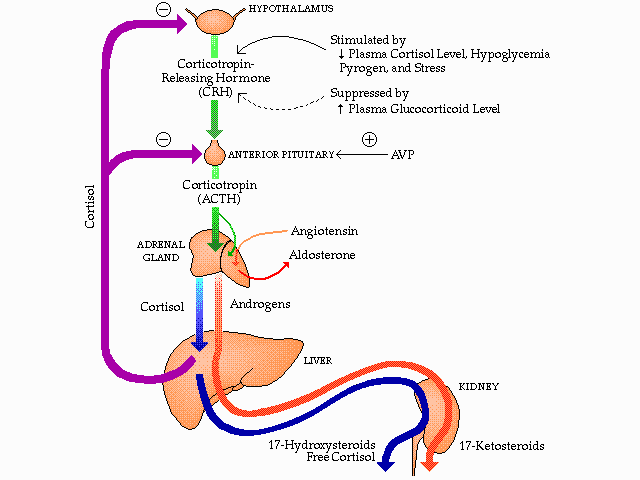



The pituitary gland produces hormones that cause the adrenal gland to produce its hormones. Rare causes of Addison’s disease include removal of the adrenal glands by surgery, bleeding into the adrenal glands (for instance after abdominal injuries), and genetic defects such as adrenoleukodystrophy. This is called a bilateral adrenalectomy and is another cause of primary adrenal insufficiency. Occasionally, a person may need to have their adrenal glands removed. This type of Addison’s is called autoimmune Addison’s.Ĭauses Addison's can also be caused by an infections (such as tuberculosis or HIV) damaging the adrenal glands. This occurs when body’s immune system making a mistake and attacking and destroying the cells of the adrenal glands in error. Primary adrenal insufficiency or primary Addison's disease autoimmunity is the most common cause of Addison’s disease. People with Addison's disease develop symptoms as a result of this loss of adrenal hormones. This means that the adrenal gland cannot produce the hormones glucocorticoids (especially cortisol), mineralocorticoids (especially aldosterone) and sex steroids. Adrenal androgens control some body hair growth in women but have little importance in men.Īddison's disease is caused by the destruction of the cortex of each adrenal gland. Aldosterone is essential to keeping a normal level of salt and water in the bloodstream to maintain blood pressure.

It is released by the adrenal glands throughout the day but its production increases in times of illness or injury. mineralocorticoids (especially aldosterone)Ĭortisol controls blood sugar levels and is essential to maintaining normal body function ( metabolism).The outer part of the adrenal gland (called the cortex) makes three separate types of hormone: The adrenal glands are triangular in shape, roughly up to three inches (7.6 cm) by one inch (2.5 cm) in size, and one gland sits on the top of each kidney.


 0 kommentar(er)
0 kommentar(er)
